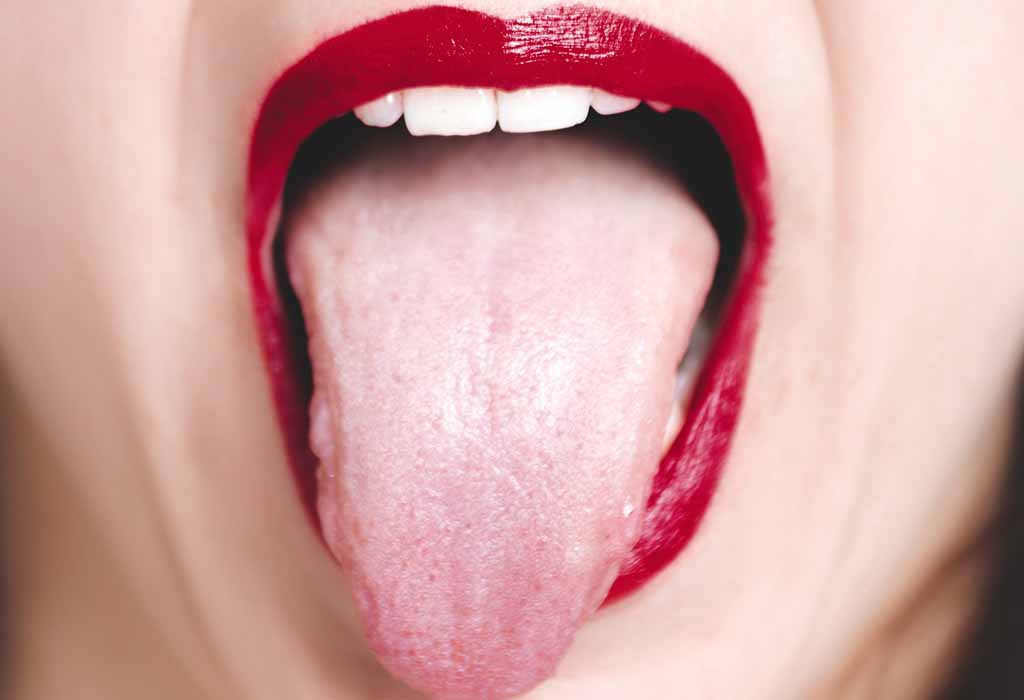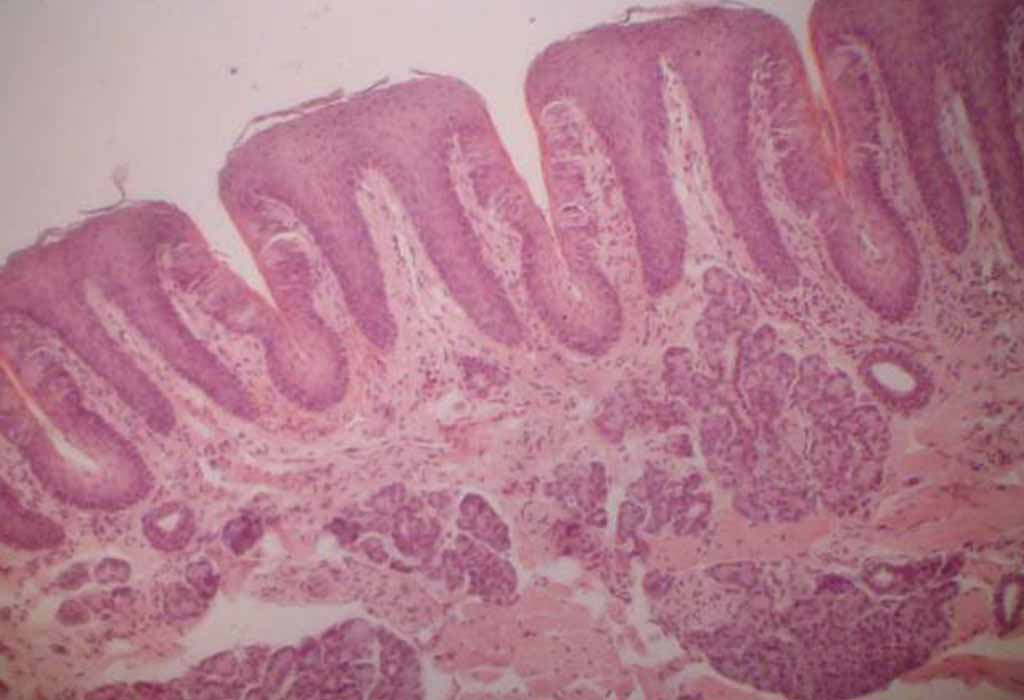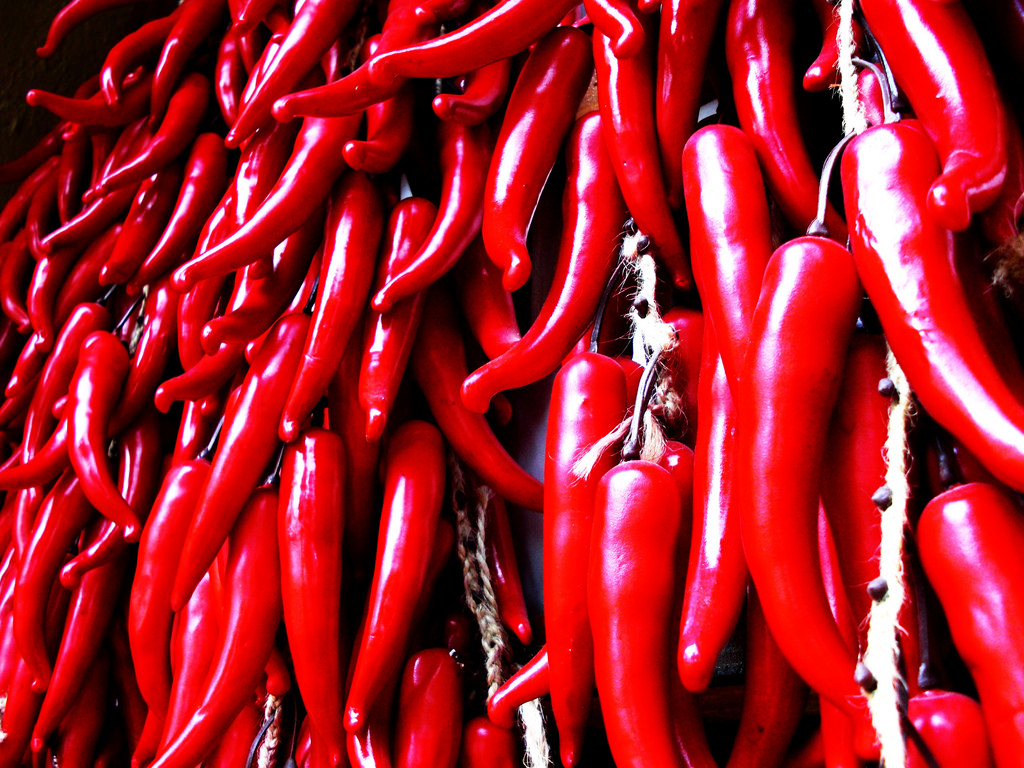How do our tastebuds work?
It probably won’t surprise you to learn that we largely have our tongues to thank for our ability to perceive taste.
The surface of our tongue is covered with tiny bumps called papillae, which contain our tastebuds and also some glands that help in the creation and secretion of saliva. There are four different types of papillae, which come in different shapes and sizes and can be found in different regions of our tongue in varying numbers. What most of them have in common though, is the tastebuds they contain.

Tastebuds are a combination of cells—basal cells, columnar (structural) cells, and between 10 and 50 taste receptor cells, which are renewed every 9-10 days. Some of these receptor cells contain proteins on their surfaces that bind to some of the chemicals from our food, while others have ion channels that are activated by different chemicals. Once the receptor has detected a particular chemical, this information is conveyed along a series of neural pathways to the brain, where taste is perceived.
The number of tastebuds people have can vary greatly. The average adult has between 2000 and 8000 tastebuds—some people have fewer, larger tastebuds while others have many more smaller tastebuds.
Despite what we may have learned in school, it’s not actually true there are certain areas of the tongue responsible for particular taste sensations. However, there are different types of taste receptors that are each activated by a different suite of chemicals to elicit the various taste sensations we perceive.

The receptors for sweet, bitter, sour and umami tastes are proteins (produced and coded for by particular genes in our DNA) found on the surface of the cells. They react in the presence of certain chemicals, triggering a sequence of events resulting in the chemical message described above. The salt receptor, called the epithelial sodium channel, is essentially a membrane that allows sodium ions into certain cells in our body. A similar ion channel mechanism may also be involved in detecting sour tastes.
But it’s not only the taste sensation on our tongues—there are also taste receptors found in our throat and in our gut, though these act in a slightly different way to those on our tongue.
The way a food smells is also important to our overall eating experience. As we chew, volatile compounds are released and travel from the back of our mouths to our noses, where they stimulate our olfactory system. Without this, much of the flavour of the food we’re eating is missed, as opposed to just what is perceived by our tastebuds.
There are other sensations besides taste that take place in our mouths. The TRP-V1 protein is activated by heat—a mouthful of hot soup, perhaps, but also by capsaicin (hot chillies), piperine (black pepper) and allyl isothiocynanate (hot mustard). The TRPM8 protein is triggered when we eat cold foods like ice cream, and it’s also responsible for the cold feeling we get when we eat foods with menthol, mint or eucalyptus flavours.

The texture and consistency of the food—how it feels in our mouths—is also important to how we perceive its taste and whether we like it. Scientists have spent a lot of time investigating the rheology (the way liquid matter flows) and tribology (how oils and fats lubricate both the food and our mouths as we eat) to understand how these factors affect people’s food preferences.
The way we perceive taste is influenced by a whole range of different factors, from our tastebuds to our genes. There’s a lot going on when you enjoy your morning cup of coffee or a deliciously salty chip.





